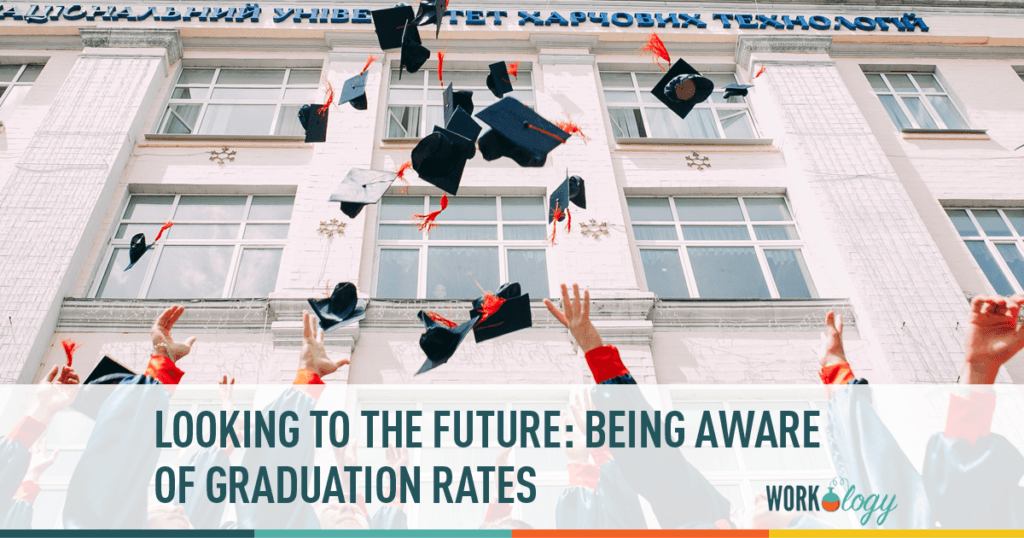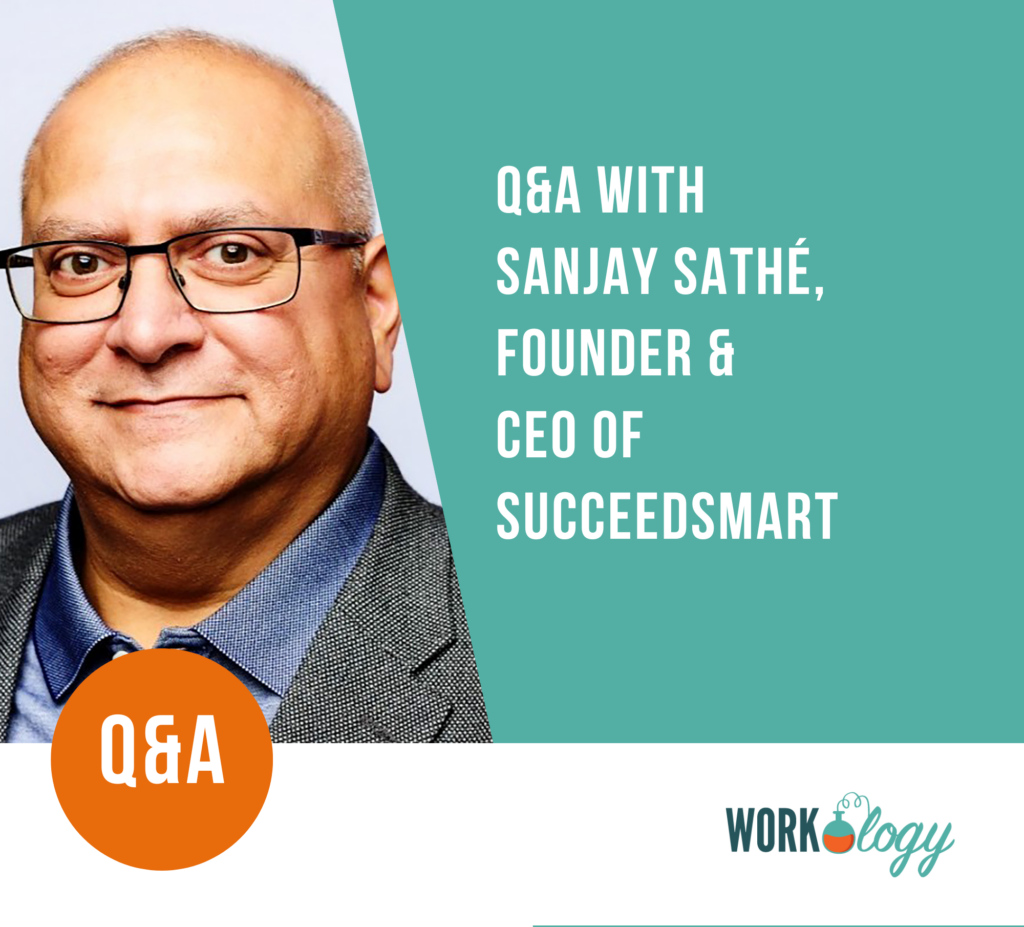Being Aware of Graduation Rates
Graduation rates for high school seniors are one trend that all HR departments should be aware of. After all, from there will come our future employees. You can foresee shortages or deficiencies in schooling if you have this kind of information. This will allow you to build plans for dealing with the levels of education needed in your organization.
Mixed news
According to a June 2013 article in The Atlantic the U.S. experienced the highest graduation rate in 40 years in 2010.In a time when many entry-level employment need at least a high school degree or more, this is excellent news on the whole. Nevertheless, the news varied depending on which population group in the report you looked at.
The author, Emily Richmond, focused on a group that I believed HR managers should find particularly interesting. Ages 16 to 21 make up this group. These students represent the incoming workforce of the future. She discovered that this group consists of 27 million people. Twenty million of them are still enrolled in secondary or postsecondary education. Another 1.8 million did not graduate, and 5.1 million have graduated but have not continued their education. 1.2 million members of the last category are unemployed. That shouldn’t come as a surprise given the importance of education for success in the modern economy.
Efforts to recover students
Richmond quotes people in the field about how important an education is to quality of life. She quotes Christopher Swanson, vice president of Editorial Projects in Education, the nonprofit publisher of Ed Week, “The personal stakes for someone who doesn’t at least finish their high school education are dire, It’s difficult to bring people back to school after they’ve dropped out especially if they’re way behind and there are other demands on them that pull them away. But it’s so important for what they’re able to do with their lives after that.” Richmond reports that there is a movement to try to improve this loss of potential talent. She says “It appear that groundswell is building into momentum on several fronts, and the next step – for educators, policymakers, community groups, families, and the students themselves – will be to sustain it.”
The place of business
One of the groups left out of her list is businesses. I feel businesses, since they will provide the opportunities for those young adults, should have a say in what is happening in education. In addition to helping schools determine skill sets that will be important, they potentially can provide some of the badly needed resources to help sustain efforts of improvement.
Businesses have two choices
In the future businesses may be left with two choices when it comes to the segment of jobs these young people may fill. First businesses can step up and provide training necessary to make these people functional in the workplace. This may require a coordinated effort with education to make sure these drop outs have basic skills, such as reading and math, while the businesses over the specific job skills training needed to actually do the work.
The second choice will be to totally eliminate the human labor component of many jobs and automate the work to the point there will be no need to worry about these young people and their lack of skills.
From a futures point of view, either can work, depending on circumstances. The role of the practical HR futurist is to track the trends in education as it applies to their geography and make a decision on which direction their company needs to take.
Are you up to the challenge?









